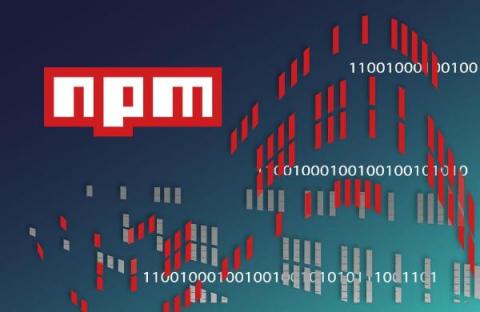Cybercriminals targeted users of packages with a total of 1.5 billion weekly downloads on npm
Another week, another supply chain incident. It’s been only nine days since the Mend research team detected the dYdX incident, and today we have detected another supply chain malicious campaign. On October 02, 2022 at 12:12 UTC, a new npm account was registered, and a package called nuiversalify was immediately uploaded. The same threat actor then proceeded to publish more typo/spellcheck squattings of popular packages until 14:03:29 UTC, with small but irregular time gaps between uploads.










